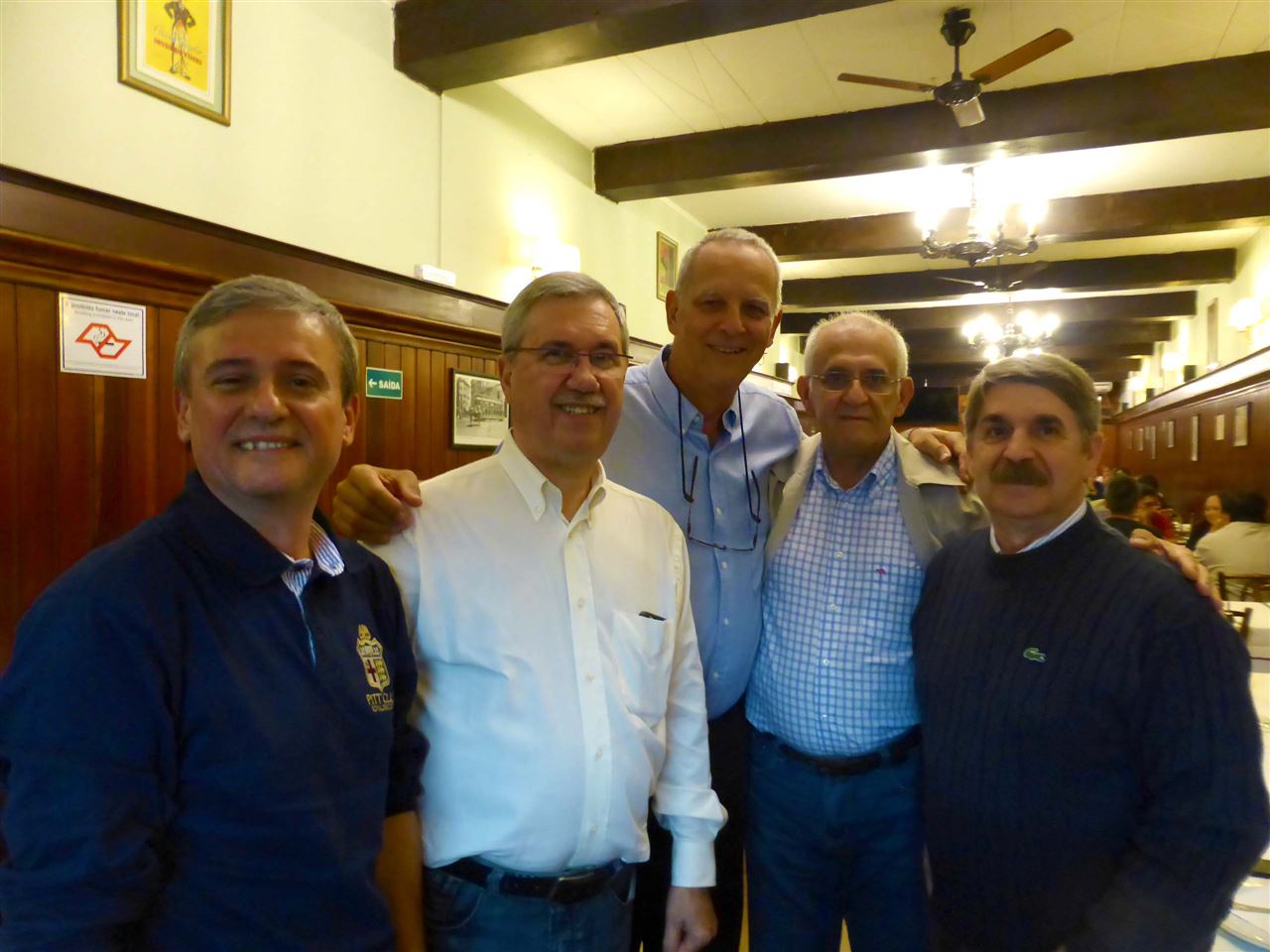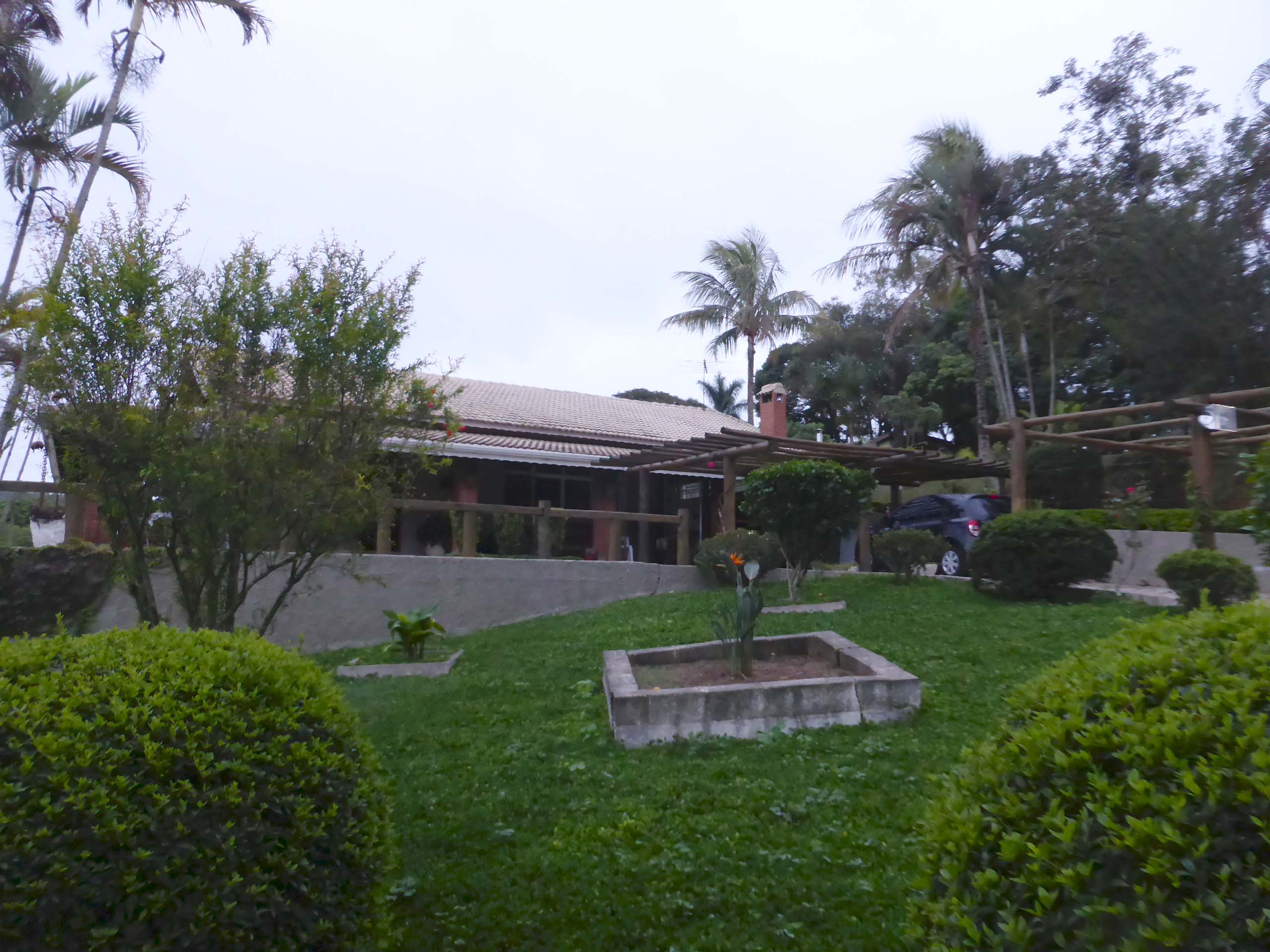

São Paulo is a monster of a city. Enormous, intimidating and, at first glance at least, no great beauty. However In my travels through the city I found places of rare beauty and in the next pages I will try to convey to you my impressions of the city.
The Greater São Paulo is a megacity of 28 million people, more than the entire population of Australia. One thing that surprises me is the fact that every building is a different architectural style. As I travelled through the concrete jungle that is São Paulo I didn't see the ugly examples of the dormitories of Lisboa.
Obvious a city of this size has other problems and some of them (security is one) are a constant concern for the people circulating in the city.
One thing that impressed me greatly is the support system to the elderly (idoso in Brazilian). People over 60 are considered “idosos” and therefore have preference everywhere: to board a plane, do the banking or any other institution elderly people are invited to jump the queue. Free transport in the public system within the city and limited number of free seats in all travel in the state. Free entry for the majority of events (when I visited Vila Velha my friend mentioned that I was an “idoso” and visited it for free). The parking areas reserved for “idosos” are huge when compared with Australia.
The most annoying is the crumbling sidewalks. Contrary to what happens in cities of the developed world that I know, the sidewalks in São Paulo and I believe in all Brazil, are the responsibility of the owner of the block facing the street. These uneven footpaths and in most cases its poor state of maintenance spoil some of the beautiful streets with great buildings and are a safety risk for pedestrians. There is at the moment a great debate trying to change the law and make the sidewalk a responsivity of the government.
The city runs a “Rodizio” system where 30% of the cars based on their registration number, are prevented to circulate during peak hours one day a week. Even though, one of the days I was there, the city experienced 470 km of traffic jams and according to the locals that was not even the worse one!
São Paulo has the largest number of private helicopters in the world. The second and third positions are of New York City and Tokyo. One of these helicopter shuttle service is operated totally by women, including its pilots.
One of the aspects that I noticed a bigger change in the last few years is politics. The actual government (Dilma) is becoming unpopular. One night I was watching a government propaganda program on TV. All of a sudden an unbelievable noise echoed through the city. The people came out to the verandas and started beating the pots for as long as the program lasted. They call it Panelaço and it is a way of demonstrating their disagreement with government policies. It is unbelievable the effect of millions of people beating their pots.
The first settlement in the area was the village of São Paulo dos Campos de Piratininga adjacent to the Jesuit Colégio de São Paulo de Piratininga founded in 1554. In 1560 the then Governor-General of Brazil renamed the place Vila de São Paulo and relocate the population around the area to the new founded village. For the next two centuries, São Paulo developed as a poor and isolated village that survived through the native population's cultivation of subsistence crops. For a long time, São Paulo was the only village in Brazil's interior, as travel was too difficult due to frequent Indian raids along the way.
In the 17th century, São Paulo was one of the poorest regions of the Portuguese colony. The discovery of gold in the region of Minas Gerais, in the 1690s, brought new settlers to São Paulo. Conveniently located in the country, up the steep Serra do Mar sea ridge when travelling from Santos, not too far from the coastline, São Paulo became a safe place to stay for tired travellers. The town became a centre for the “Bandeirantes”, intrepid explorers who marched to the interior in search of gold, diamonds, precious stones, and Indians to make slaves of.
The Bandeirantes, which could be translated as "flag-bearers", organized excursions into the land with the primary purpose of profit and expand the territory for the Portuguese crown. On July 11, 1711, the town of São Paulo was elevated to city status. After Brazil became independent from Portugal in 1823, as declared by Dom Pedro I where the Monument of Ipiranga is located, he named São Paulo as an Imperial City.

Family and City

Parks

Angolan Reunion

Chitaca das Orquidias